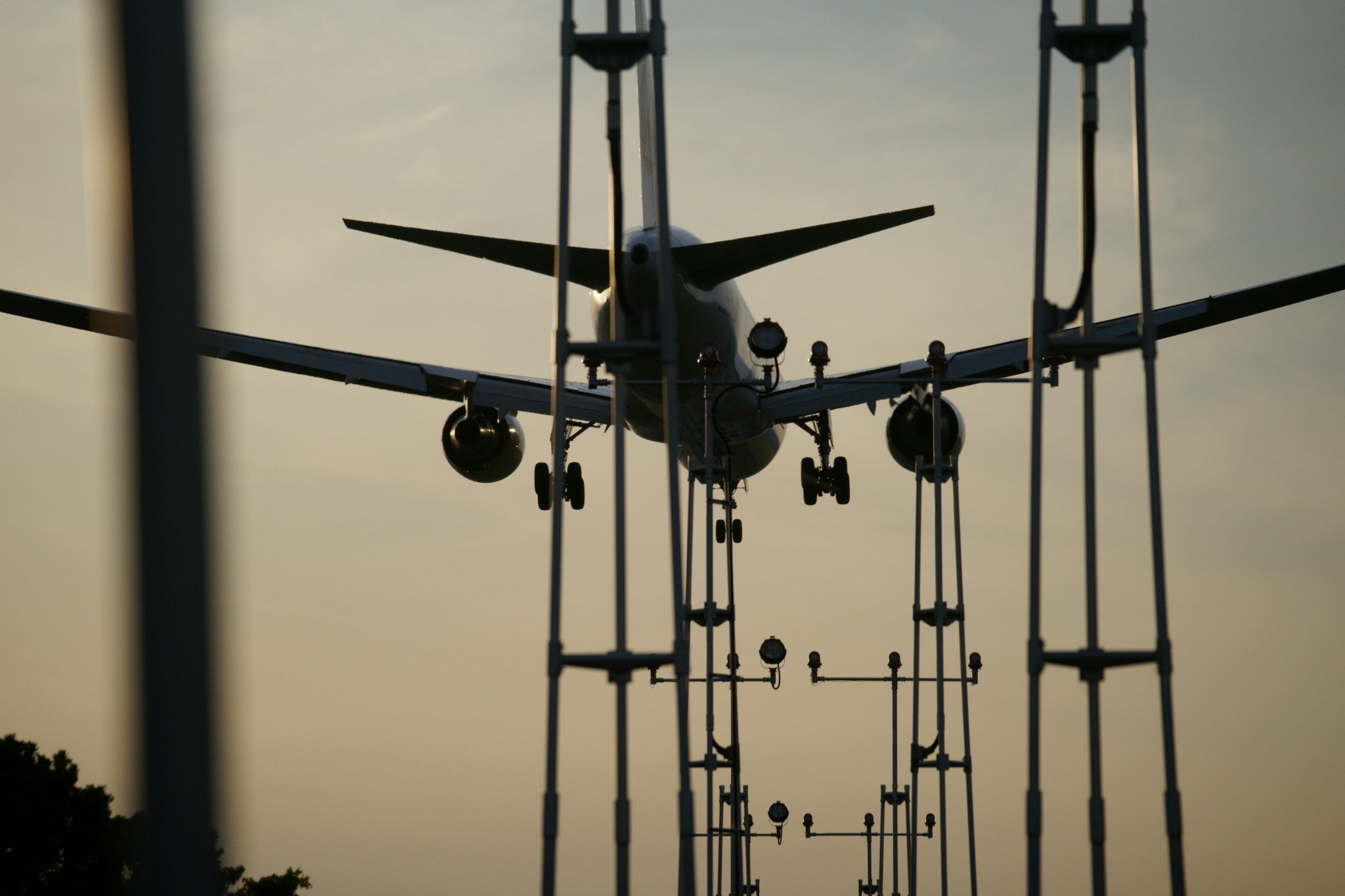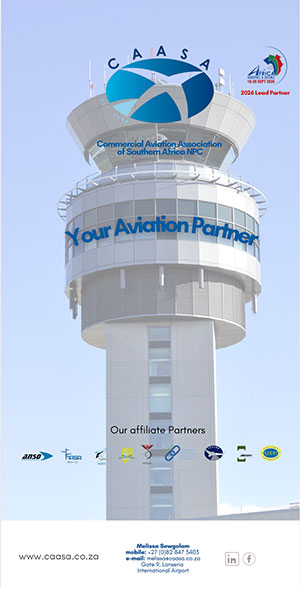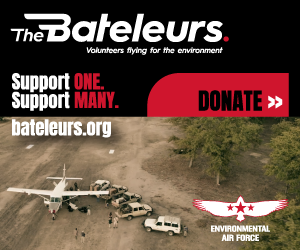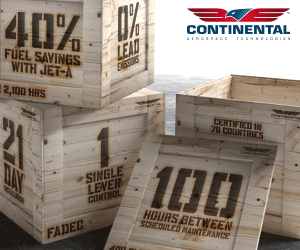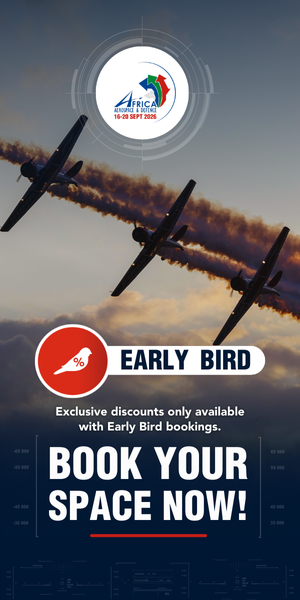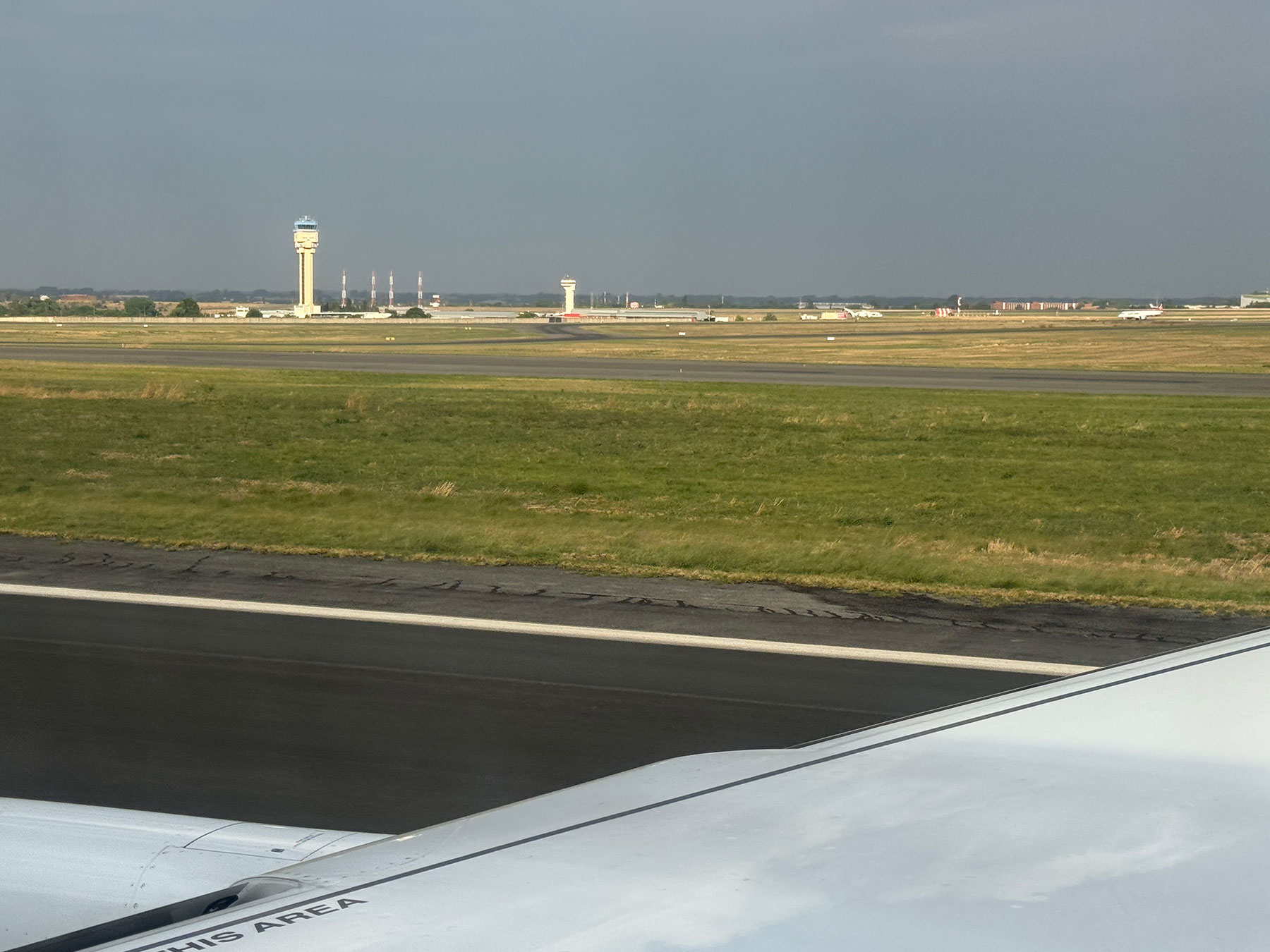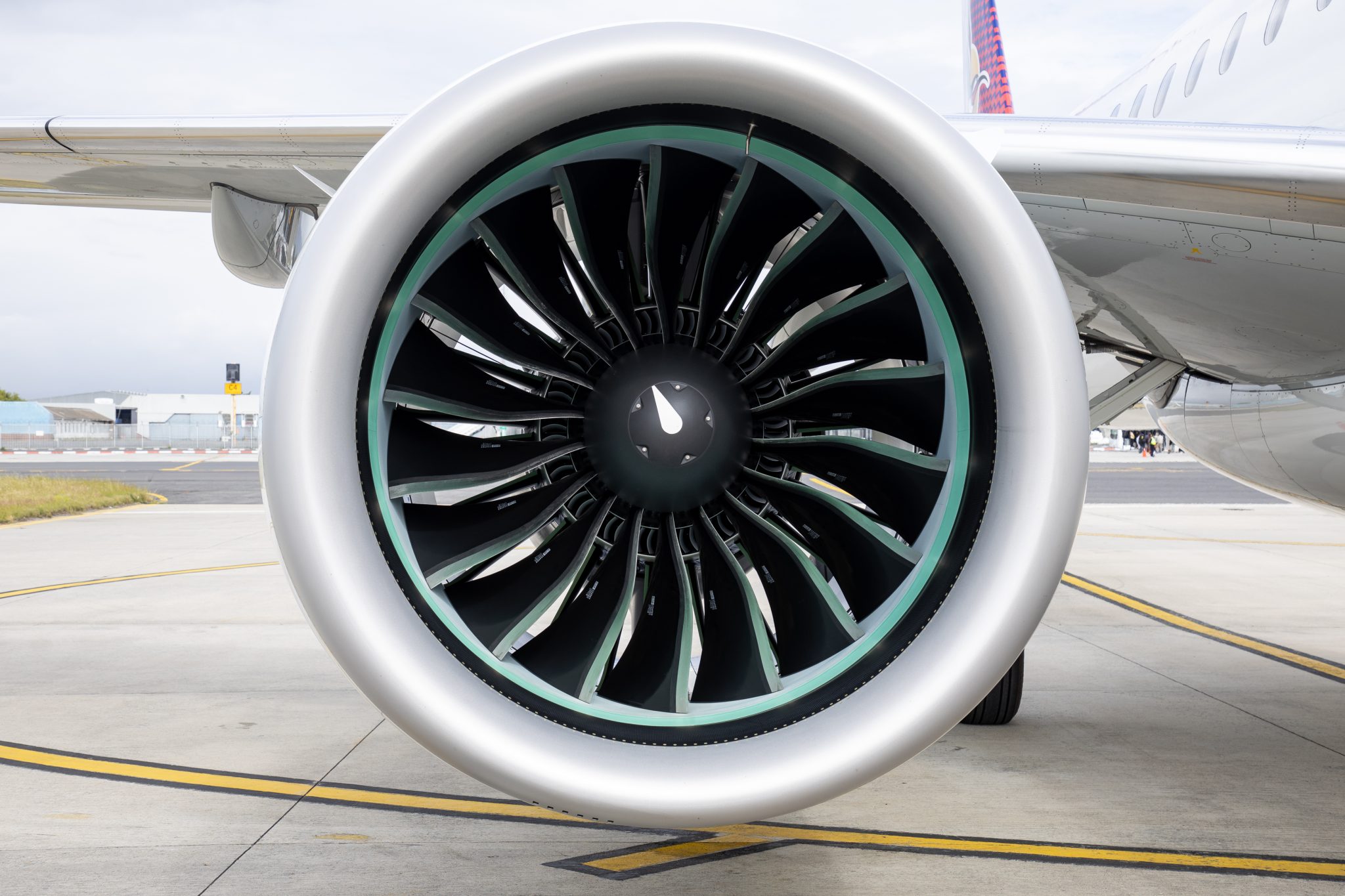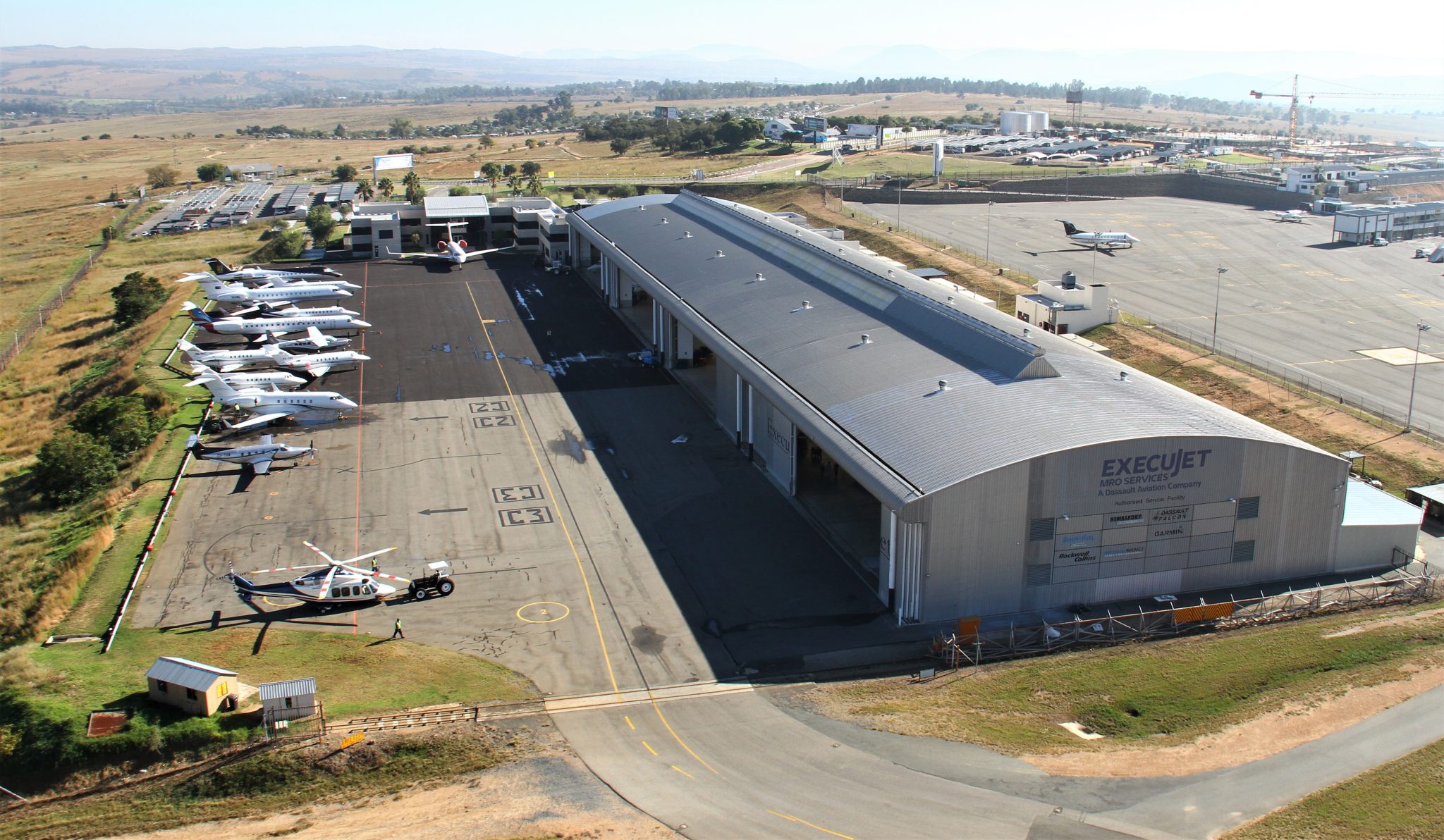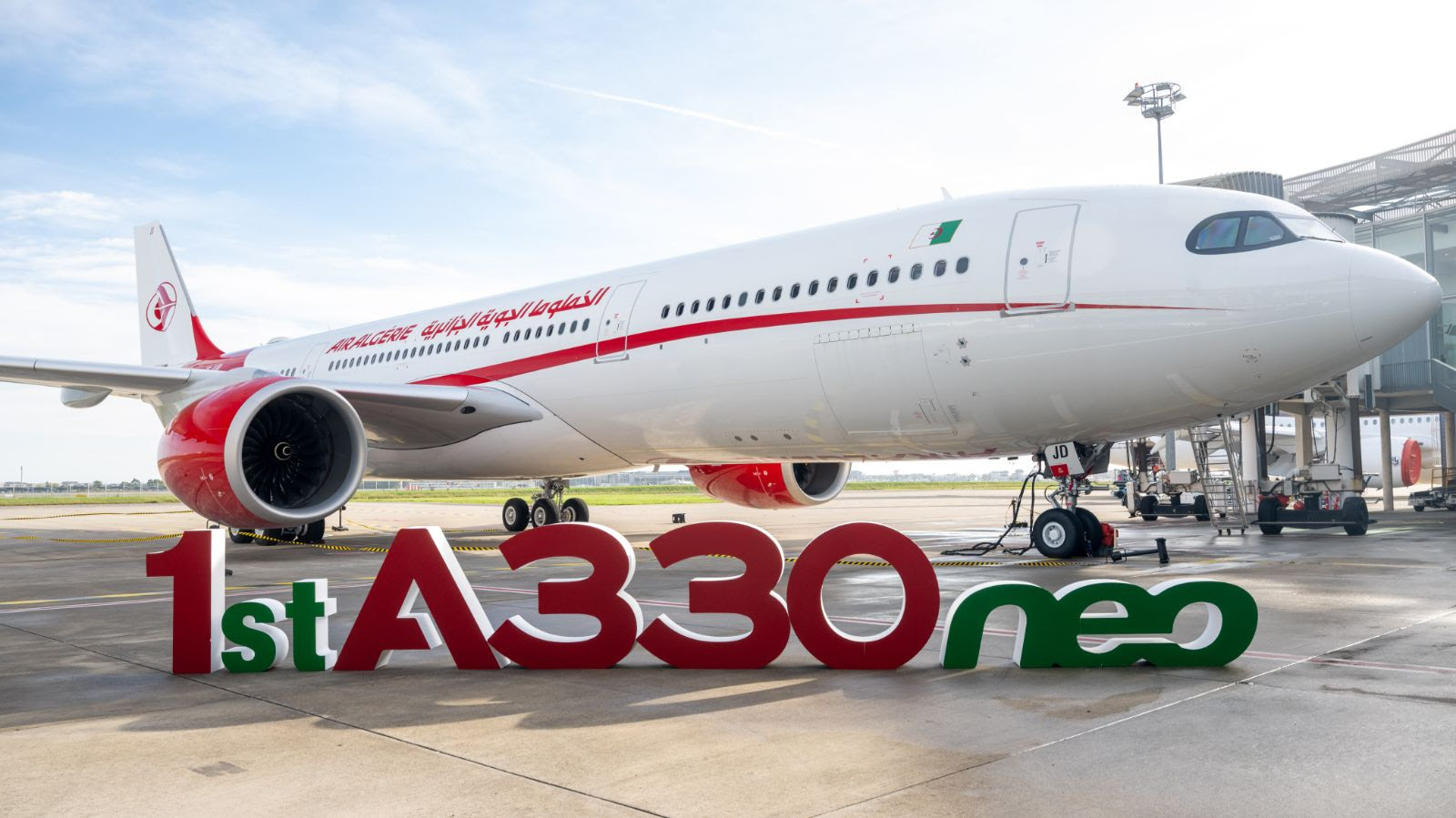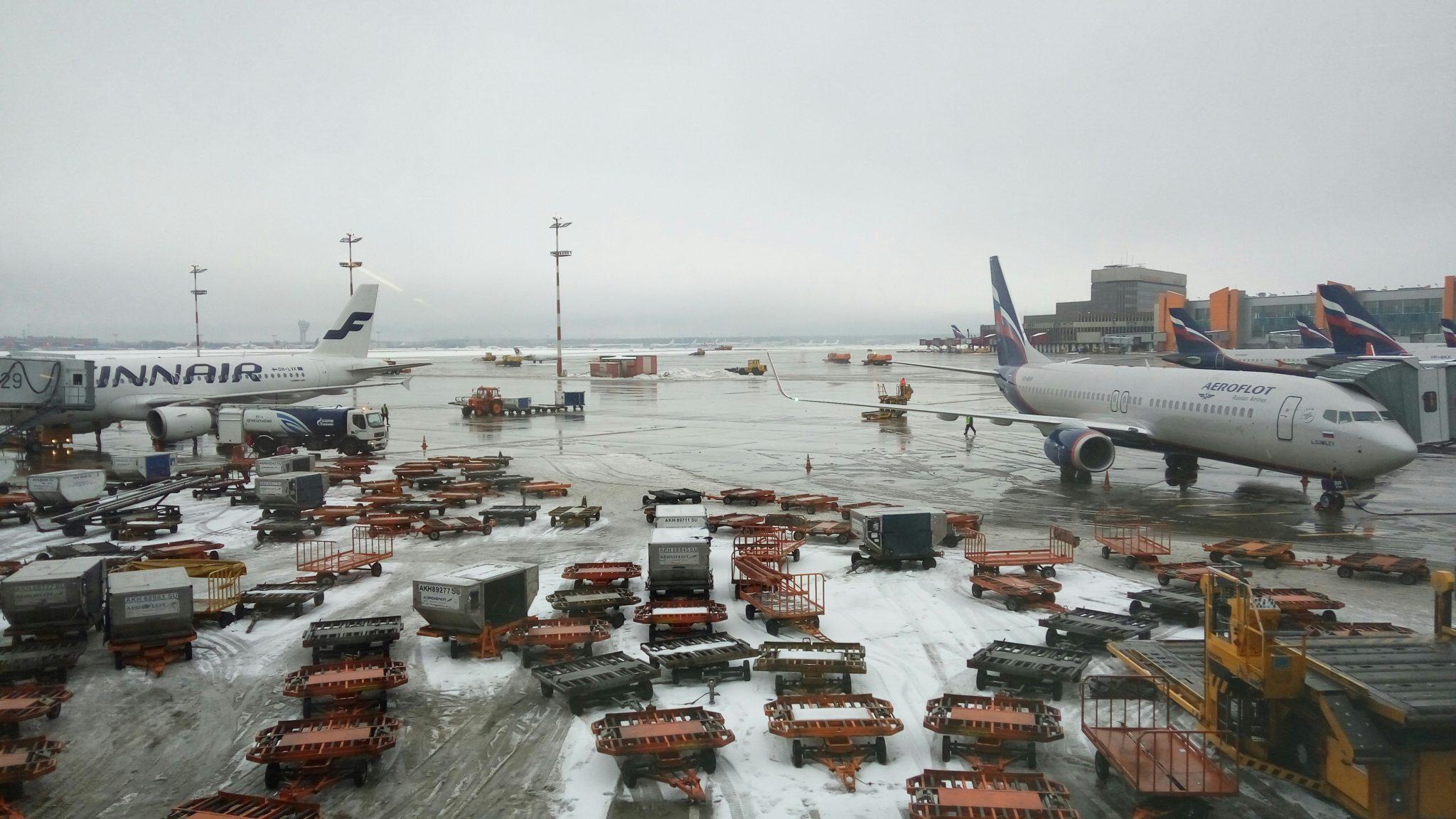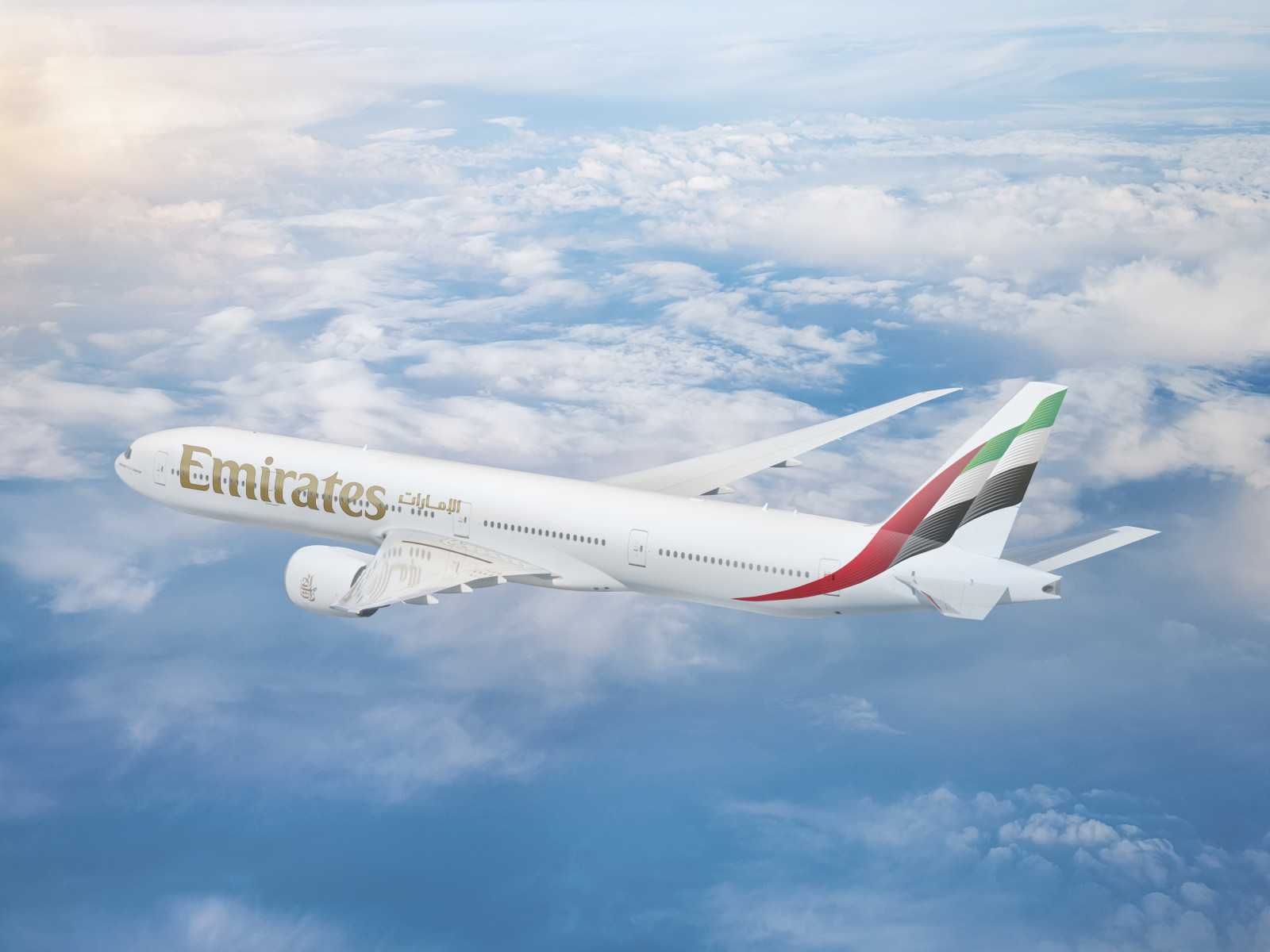The International Air Transport Association (IATA), in partnership with global management consultancy Oliver Wyman, has released a stark new report highlighting deep-seated challenges in the commercial aerospace supply chain. The study, Reviving the Commercial Aircraft Supply Chain, outlines how production delays, labour shortages, and supply bottlenecks are costing the airline industry billions and constraining global aviation growth.
At the heart of the issue lies a system under strain: manufacturers struggling to deliver aircraft and engines on time, maintenance providers facing capacity limits, and airlines forced to keep older, less efficient aircraft flying longer than intended. According to IATA, these combined disruptions are expected to cost airlines more than US$11 billion in 2025.
A System Under Pressure
The figures tell a sobering story. The global commercial aircraft backlog reached an unprecedented 17,000 aircraft in 2024, up from around 13,000 in the years preceding the pandemic. This has forced airlines to extend the life of older aircraft, a stopgap measure that carries significant financial consequences.
IATA and Oliver Wyman estimate the cost breakdown as follows:
- US$4.2 billion in excess fuel costs due to operating older, less efficient aircraft;
- US$3.1 billion in additional maintenance costs;
- US$2.6 billion in increased engine leasing costs; and
- US$1.4 billion in surplus inventory holding costs as airlines stockpile spare parts.
Meanwhile, passenger demand continues to surge, rising 10.4% in 2024, outpacing capacity expansion of just 8.7%. Global load factors hit a record 83.5%, underscoring the mounting pressure on airlines to meet market demand despite fleet limitations.
Underlying Causes: A Fragile Industrial Model
The report identifies three fundamental root causes behind today’s bottlenecks.
Firstly, the aerospace industry’s economic model has become unbalanced, with original equipment manufacturers (OEMs) deriving much of their profitability from aftermarket services, repairs and spare parts, rather than new aircraft sales.
Secondly, supply chain disruptions from geopolitical instability, raw material shortages, and competing demand from military and business jet sectors have compounded the situation.
Finally, a tight labour market, particularly the retirement of skilled technicians and engineers, has constrained the capacity to repair, certify, and assemble aircraft components.
Collectively, these factors have created a web of interdependent weaknesses. Aircraft certification delays and engine reliability issues further exacerbate production slowdowns, while OEMs and maintenance, repair and overhaul (MRO) providers struggle to keep pace with post-pandemic recovery.
A Call for Collaboration and Transparency
“IATA’s message is clear,” said Willie Walsh, the association’s Director General. “Airlines depend on a reliable supply chain to operate and grow their fleets efficiently. Now we have unprecedented waits for aircraft, engines and parts, and unpredictable delivery schedules. Together, these have sent costs spiralling by at least $11 billion for this year and limited the ability of airlines to meet consumer demand.”
Walsh urged the industry to act collectively to improve transparency and competition in the aftermarket. “Opening the aftermarket would help by giving airlines greater choice and access to parts and services,” he said. “In parallel, greater transparency on the state of the supply chain would give airlines the data they need to plan around blockages while helping OEMs ease underlying bottlenecks.”
Roadmap to Recovery
The IATA–Oliver Wyman report lays out a set of pragmatic recommendations aimed at rebuilding resilience and trust across the supply chain. These include:
- Opening up the aftermarket: Encouraging MROs to operate more independently from OEM-driven licensing models, and facilitating access to alternative materials and service providers.
- Enhancing supply chain visibility: Developing end-to-end transparency to identify risks early, reduce inefficiencies, and improve forecasting.
- Unlocking value from data: Leveraging predictive maintenance tools, pooling spare parts, and creating shared data platforms to optimise inventory and reduce downtime.
- Expanding repair and parts capacity: Accelerating repair approvals, increasing the use of used serviceable materials (USM), and investing in advanced manufacturing technologies.
Underlying all these proposals is a clear message: the commercial aerospace sector must move beyond competition and towards strategic collaboration.
As Matthew Poitras, Partner at Oliver Wyman, noted, “Today’s aircraft fleet is larger, more advanced, and more fuel efficient than ever before. However, supply chain challenges are impacting airlines and OEMs alike. We see an opportunity to catalyse improvement, but this will require collective steps to reshape the structure of the aerospace industry and work together on transparency and talent.”
The African Dimension
For African airlines, these global pressures have direct consequences. Many regional carriers rely on long lead times for leased or pre-owned aircraft, and any delay in aircraft deliveries from major OEMs ripples through local operations. With limited access to alternative MRO facilities and spare parts, African operators may face longer ground times and increased operating costs.
Moreover, the push to maintain older aircraft could hinder environmental and efficiency targets across the continent, especially as African states move to align with ICAO’s Carbon Offsetting and Reduction Scheme for International Aviation (CORSIA).
